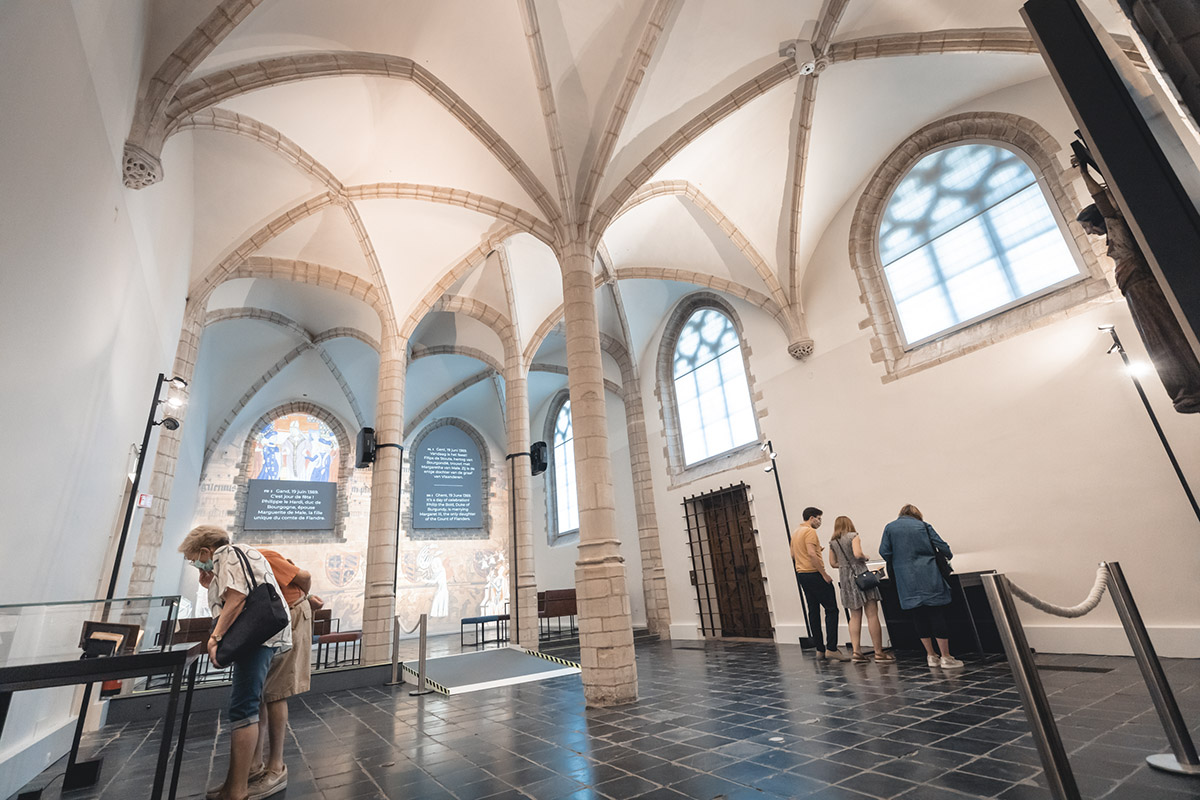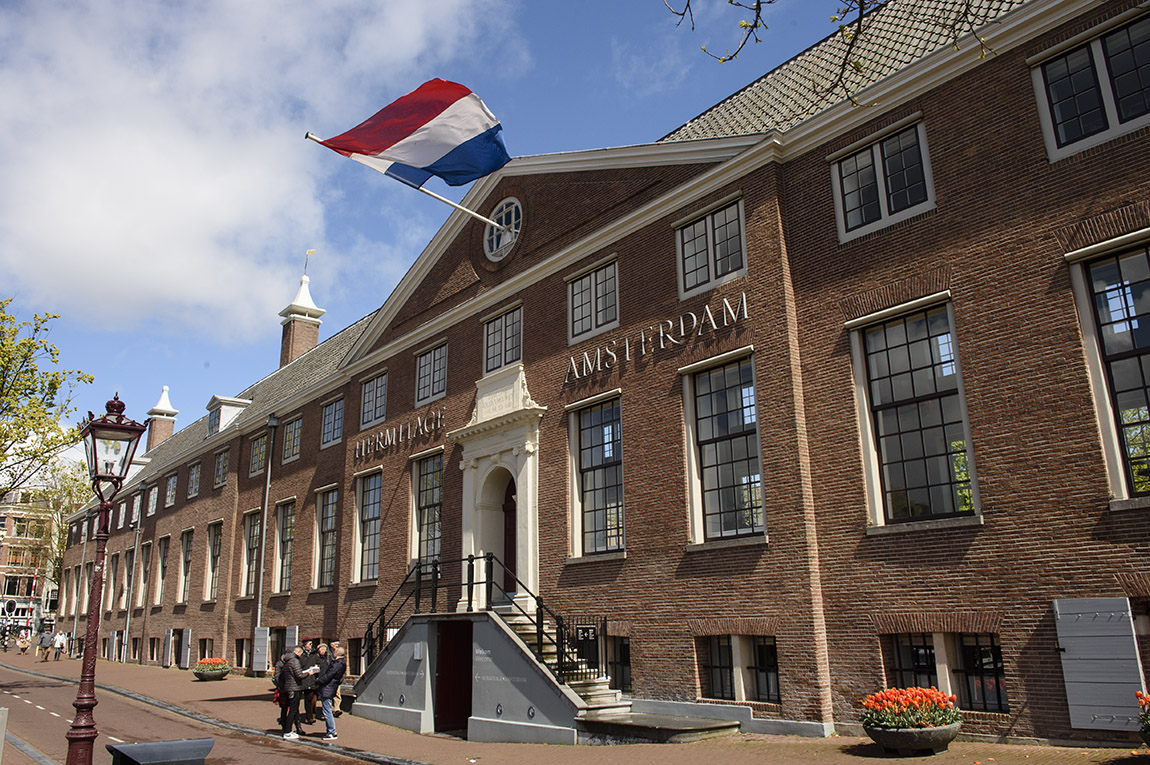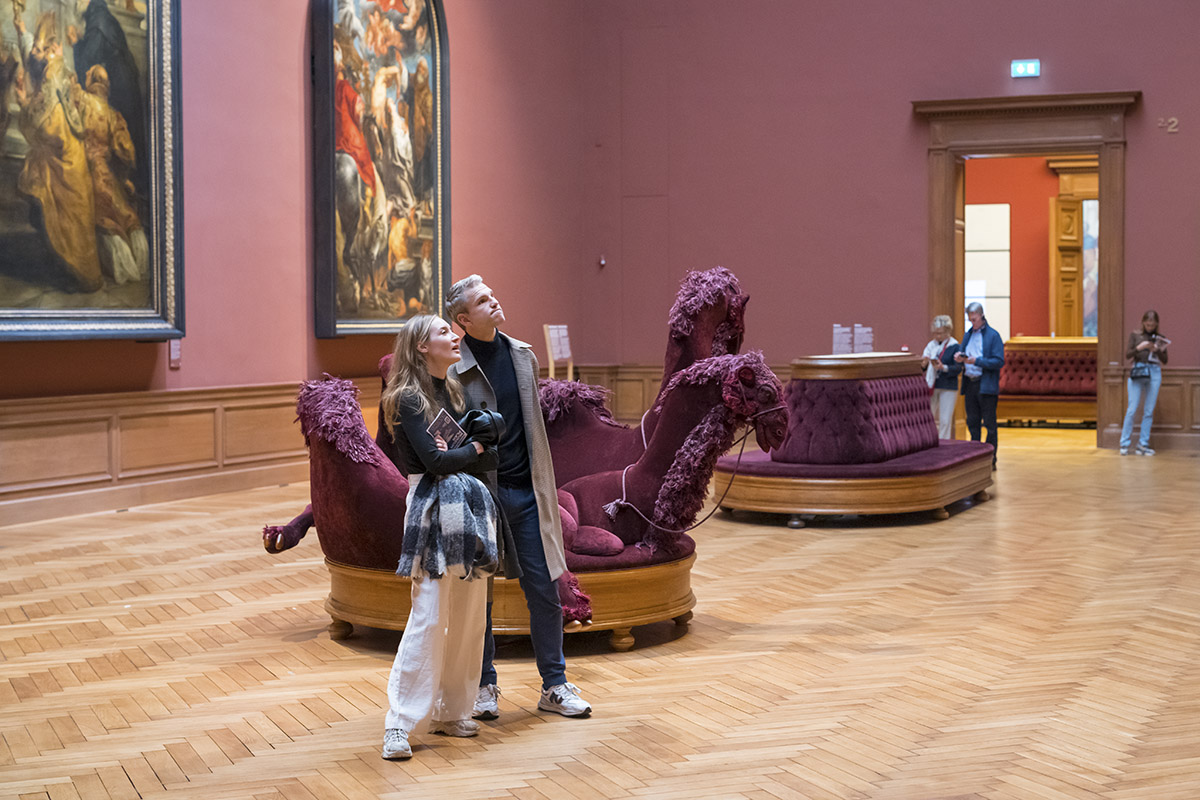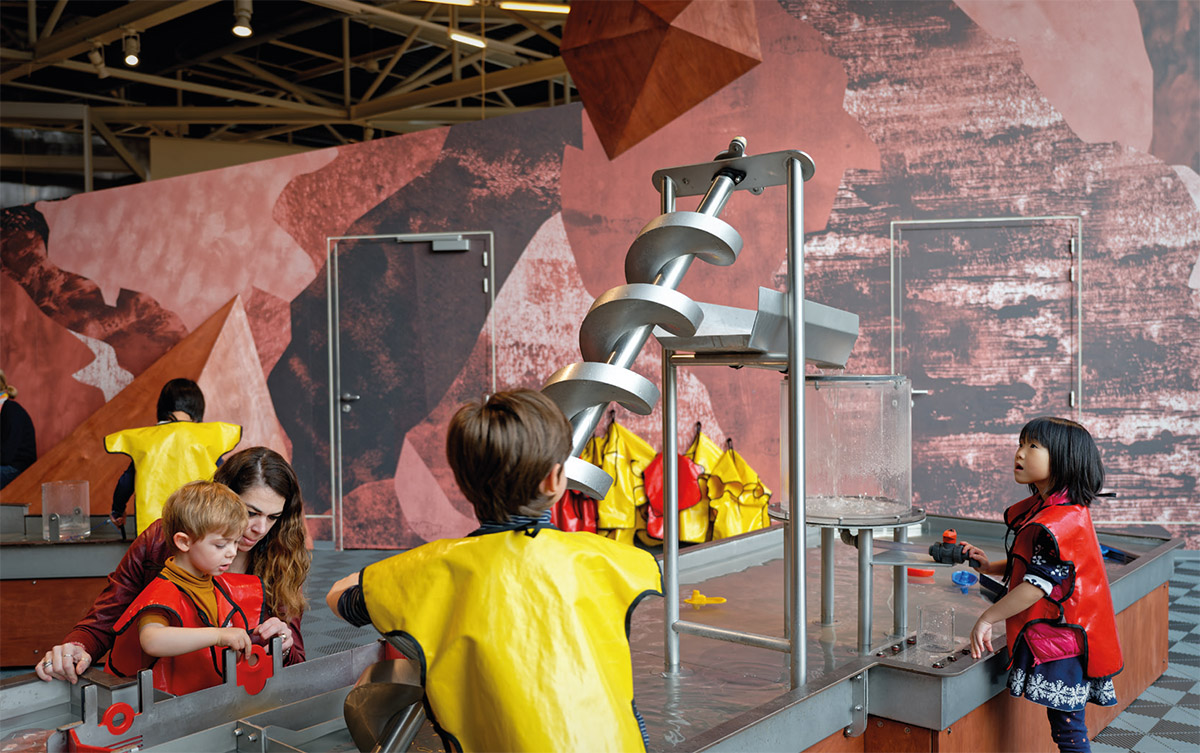Royal Museums of Art & History
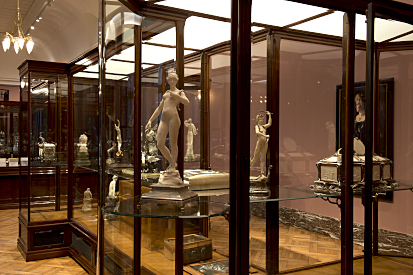
Heroes and riches: Two exhibitions to look out for at the Art & History Museum, Brussels
TEXT: SIMON WILLMORE | PHOTOS © ROYAL MUSEUMS OF ART AND HISTORY
Two very different, yet equally fascinating exhibitions, are on display at the Art & History Museum in Brussels, formerly the Cinquantenaire Museum, this season. First up, after an investment of 520,000 euros, one of the most famous Belgian Art Nouveau works – by architect Victor Horta – has been brought back to life.
Open to the public since 29 November 2017, the original Art Nouveau and Art Deco interior of the elite Wolfers Frères jewellery shop can now be revisited, 105 years after the official inauguration of the business.
Just as the Belgian nouveaux riches could walk around the real shop at the end of the 19th and start of the 20th century, museum visitors will once again be able to admire the property in its reconstructed form, thanks to a painstaking historical study into the showcases, counters and even the doors of the shop, as Horta designed them in his time. The red Cuban mahogany furniture has been refurbished; the dark green velvet of the soft furnishings has been rewoven; the patina of the bronze decorations has been refreshed.
“The museum curator had done much research in our archives in order to find the right furniture – with the right colours and the right atmosphere – to do the project justice,” says Denis Perin, communications manager at the Art & History Museum. “The furniture and the jewellery are just small examples of the extraordinary work done by Horta, and cannot be missed.”
When architect Horta took on the project in 1909, he already enjoyed international renown, thanks largely to successes with other commercial buildings, including Le Grand Bazar in Brussels in 1903. However, he is perhaps best known as the man who led the dawn of the Art Nouveau era, particularly thanks to his work with the Hotel Tassel, completed in 1893. A number of Horta’s projects, also including the private homes of Armand Solvay, Octave Aubecq and others, have since been registered as UNESCO World Heritage sites.
Art imitating reality
A second exhibition, created by the Editions Casterman, will celebrate the adventures and commercial success of comic book hero Alix. To mark the 70th anniversary of Alix’s creation, the exhibition The Art of Jacques Martin will run at the museum from 14 September 2018 to 6 January 2019. Since Alix’s first appearance, in Tintin magazine in 1948, the Gallo-Roman animated hero has been featured in 12 million books and translated into 15 languages.
Alix’s creator Martin is recognised as a pioneer of the historical comic book format; he was the first cartoonist-storyteller to place emphasis on realism – as well as morality and spirituality – when crafting his animated tales.
The influence of Tintin creator Hergé is visible in this work, but Martin’s approach to panel sequencing and page composition, as well as his broad range of subject matter, distinguished him from his peers. Instead of obvious good-versus-evil plotlines, Martin’s stories span society and include the battle of the sexes, the love of power and the abuse of knowledge, conspiracies, religion and dreams.
Following the exhibition’s inauguration at the Brussels Comic Strip Festival, which will run from 14 to 16 September, it will be completely moved and reinstalled in Brussels. 150 original works will be arranged into themes – including historical references, fantasy and the topics of women and homosexuality – to cover the work of Martin through the adventures of his legendary hero.
“It is the style and the subject matter of Jacques Martin that made him so popular,” confirms Perin. “His work is heavily based on reality and real problems in historic scenarios – he was very well-researched on the issues of the day, as per the same school as the writers of Tintin. These influences have made him very well-known in Belgium the ligne claire style,” he continues, referring to the visual format that uses strong lines and strong colours – as per the Tintin series.
“It is the style and the subject matter of Jacques Martin that made him so popular,” confirms Perin. “His work is heavily based on reality and real problems in historic scenarios – he was very well-researched on the issues of the day. This realism became an archetypal factor in the ligne claire style, as made famous by the Tintin series; cartoon characters are drawn with clear lines and strong colours, but the background is incongruously realistic.”
“The books have high visual impact, and visitors to the museum will enjoy the parallels between the historic collections in the museum, for example from the Roman era, and the cartoons,” Perin concludes.
Permanent exhibitions
One of the biggest museums in Belgium, constructed by King Leopold II in the 20th century, the Art & History Museum is also home to a permanent collection of antiquities, which evoke ancient civilisations such as Egypt, Mesopotamia, Greece and Rome, plus archaeology archives featuring artifacts from pre-historic times to the Merovingian period.
Also on display are a European Arts showcase, which retraces the major artistic trends that were developed across the continent from the tenth century to the present day, as well as a non-European collection that takes guests on a journey through India, South-East Asia, China and pre-Columbian America.
Subscribe to Our Newsletter
Receive our monthly newsletter by email
